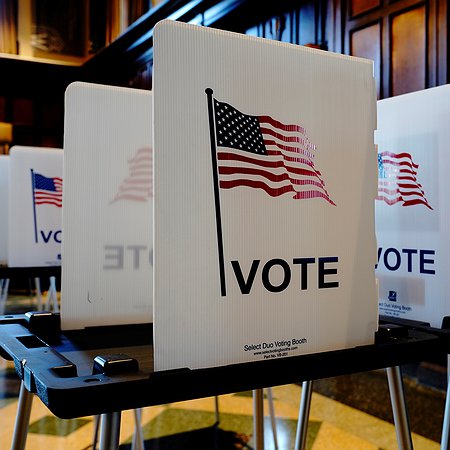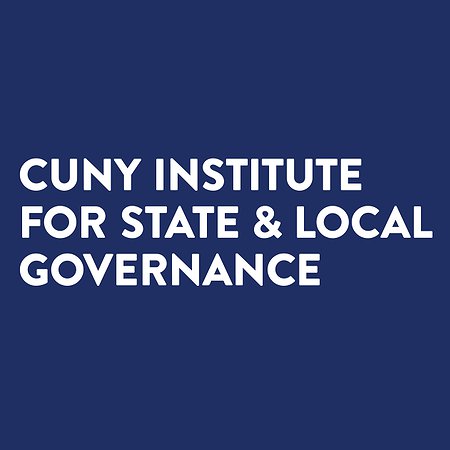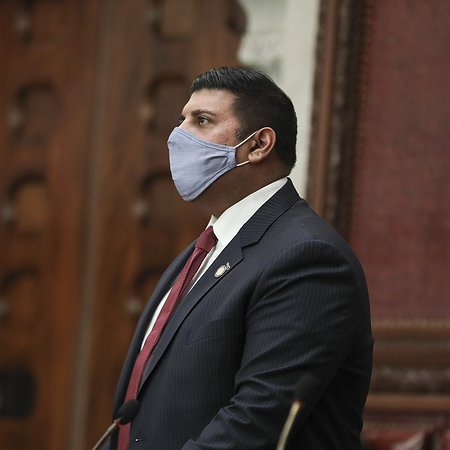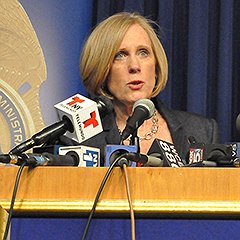Report Finds Misleading Coverage of Bail Reform Eroded Public Support for Reform
A new report demonstrates how persistent misinformation in the media about bail reform has undermined support for the modest reforms in New York.
The Briefing

A new report demonstrates how persistent misinformation in the media about bail reform has undermined support for the modest reforms in New York. The report from FWD.us, which builds on a similar 2021 report, clearly illustrates through a new data analysis that bail reform does not undermine public safety or contribute to any increases in crime. Freedom, Then the Press, Volume II finds that over 1,600 stories have falsely linked bail reform and crime despite the emerging studies that demonstrated low rearrest rates for people impacted by bail reform.
Bail reform does not undermine public safety
The FWD.us report expands on existing analyses from January 2021, January 2022, March 2022 and September 2022 that all came to similar conclusions: bail reform does not undermine public safety. The FWD.us analysis separated arraignments into two categories: people charged with crimes affected by bail reform and people charged with crimes not affected by bail reform.
The analysis found no change in rearrest rates between 2019 and 2021; in both years 81 percent of cases affected by bail reform did not result in rearrest while awaiting trial. Rearrests for alleged violent felonies remained rare: in 2019, 3.1 percent of people were released and rearrested for a violent felony, and in 2021, 3.6 percent of people were rearrested.
“All of this shows clearly that bail reform is not responsible for any rise in crime,” the report’s authors, Jamil Hamilton and Alana Sivin, wrote. “The people impacted by bail reform are not getting re-arrested at higher rates than before bail reform went into effect, and for certain crimes, they are actually getting re-arrested less than before.”
Media misinformation eroded public support for reform
The report clearly demonstrated the role that misinformation and inaccurate media coverage played in eroding public support for bail reform. After illustrating that bail reform has no connection to any increases in crime, the report analyzed media coverage of bail reform and found that coverage linking bail reform and crime far outpaced any actual increases in violent crime in New York City.
The consequences of the disproportionate coverage are significant. Within three years of its passage, public support for bail reform has been cut in half, and lawmakers have rolled back the legislation on two separate occasions. In April 2019, 55 percent of New Yorkers believed bail reform would be good for New York. But the FWD.us analysis points to a misinformation campaign from media outlets that flooded the public with hundreds of articles linking bail reform and crime.
Between April 2019, when bail reform passed, and December 2019, just before its implementation, there were approximately 204 articles linking bail reform and crime. In that same time period, public support for bail reform dropped 18 percentage points. Between bail reform’s implementation in January 2020 and the first set of rollbacks in April 2020, the analysis found 454 additional articles tying bail reform and crime together. By March 2022, just 30 percent of New Yorkers believed that bail reform was good for the state—likely reflecting the fact that the first quarter of 2022 contained the highest mentions of bail reform and crime in news articles since implementation. Consequently, in April 2022, state lawmakers increased bail eligibility in another set of rollbacks.
The misinformation campaign did not stop after the April 2022 rollbacks and will not end anytime soon. Over 300 articles linking bail reform and crime were published in the six weeks preceding the midterm elections. The FWD.us analysis found nearly 2,700 stories falsely linking bail reform and crime since January 2021. Over 1,600 of those stories were published after the first study that demonstrated bail reform has no connection to increases in crime.
The authors of the report concluded, “These false claims have real consequences, and have contributed to two sets of rollbacks that undermine the overall purpose of bail reform: to safely reduce New York’s jail population and to ensure that someone’s freedom is not dependent on the amount of money they have.”








